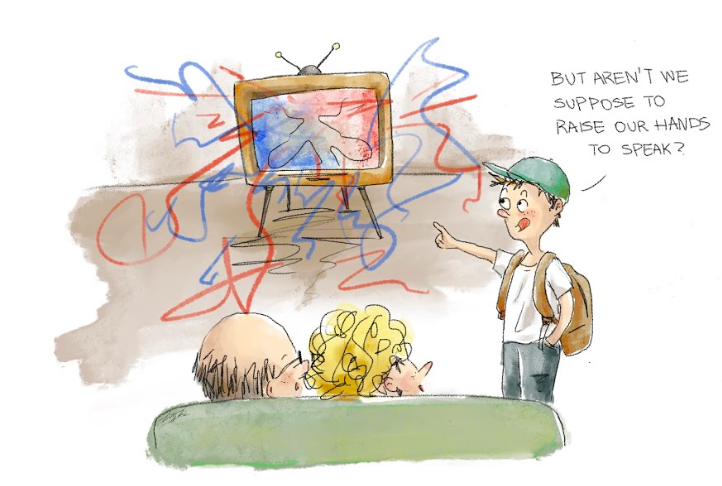The first presidential debate was a first on many fronts. From a long overdue discussion on climate change to hostile jabs being thrown between Donald Trump and Joe Biden, the strides taken both forwards and backwards that night have sparked discussions on how to approach change in unconventional times. A running theme throughout these conversations has been the power of communication, and how those in power can take advantage of it.
The purpose of the presidential debates is to not only promote the platforms of the candidates, but also portray the integrity of their character and rapport as it would relate to the serious manner of the presidential office. The visual aesthetics of effective communication include listening intently, speaking from the personal perspective, and doing so in turn are just as, if not more, important than the content of the communication itself.
The presidential debates of 2008, comparably, were more civil and followed the guidelines of fair discourse. While Obama and McCain exchanged harsh words with each other, and supporters of each party butted heads, the nature of rhetoric of our current election has changed. The current president utilizes Twitter as a primary source of communication with the public, and bipartisan dialogue is often divisive and focused on attacking the other side. Political scorning of Democratic rhetoric as prioritizing political correctness and Republican rhetoric as inherently discriminatory are ultimately superficial attacks based more on fallacies than objective fact.
Within the classroom, these skills are just as important. As Mr. Lyons pointed out in Convocation his speech, thinking within echo chambers and seeking affirmation rather than growth in communication is a tactic better used in politics than the classroom: “We must be curious and hardworking enough to engage continuously, to listen and empathize, to question ourselves and the ideas of others, as we search for the elusive truth, in our classes, later in our careers and ultimately as citizens seeking to understand and address society’s problems.”

Even when it comes to COVID, effective communication within the context of the media, science, and politics is imperative. While experts urge Americans to wear masks in order to protect themselves and the health of the general public, the president of the United States recently removed his mask at a rally, just days after contracting the coronavirus. While non-verbal, these displays are also forms of communicating to the public what is ideal in terms of public health.
From there we can circle back to our campus. Administrators have made it quite clear that our cooperation with the various COVID guidelines are what will bring us into phases with less restrictive rules. When seniors fail to wear POM tracers and masks, when juniors fail to social distance, and any other times that our actions deviate from our words, we display ineffective communication. As we begin to increase the time we spend in-person with others, remember to engage with the empathy and humility required to build a safe campus.

